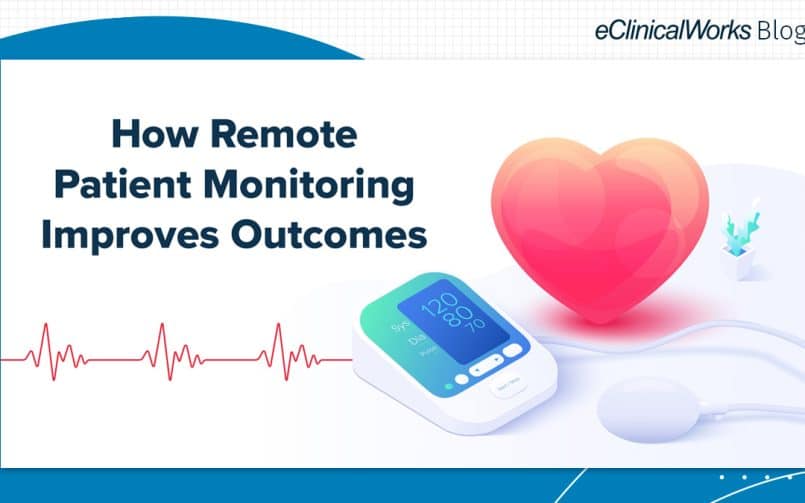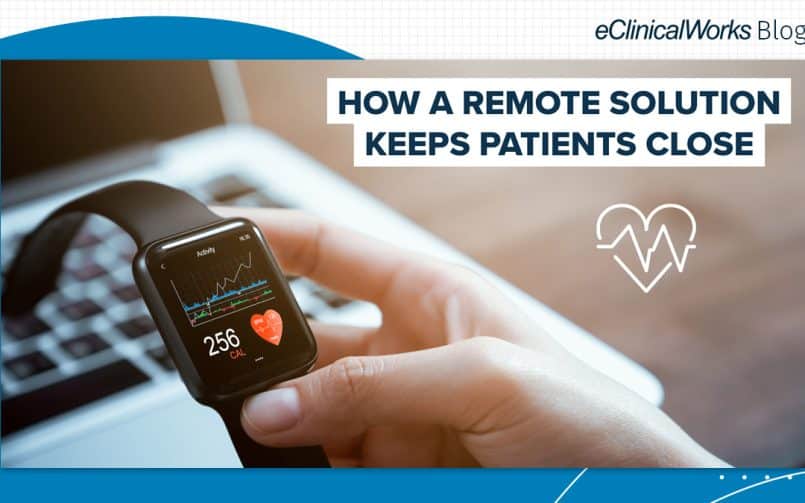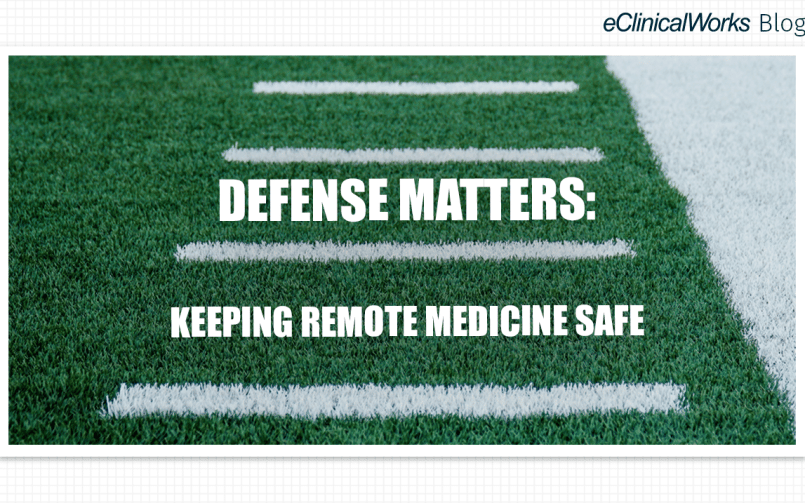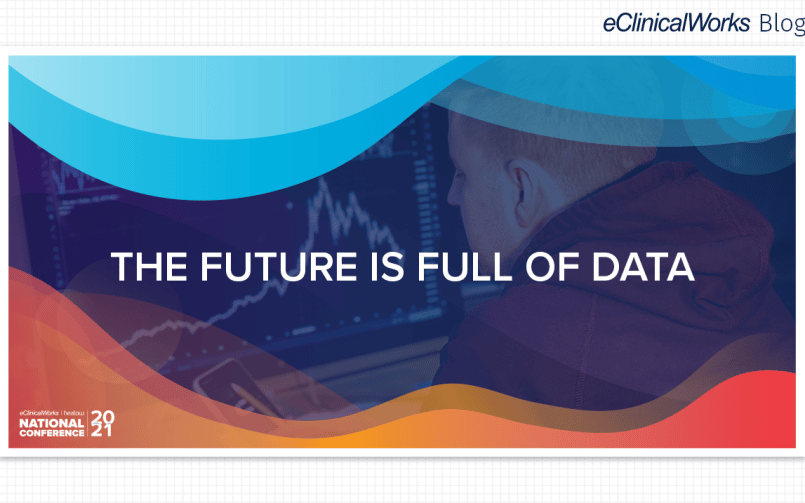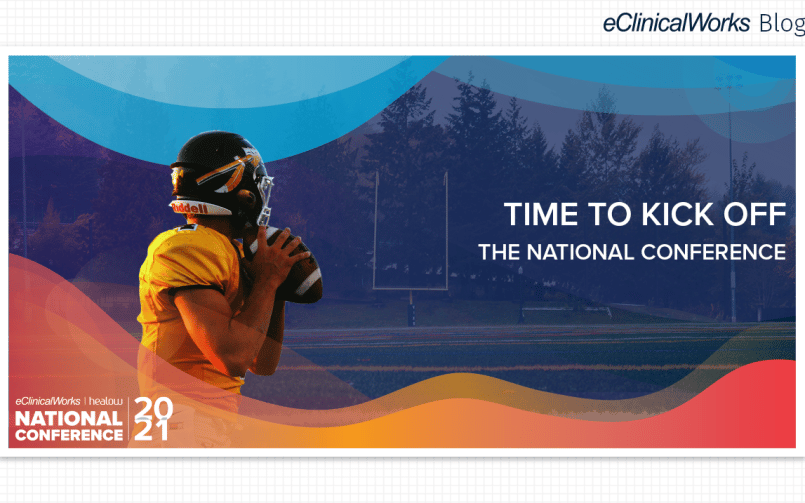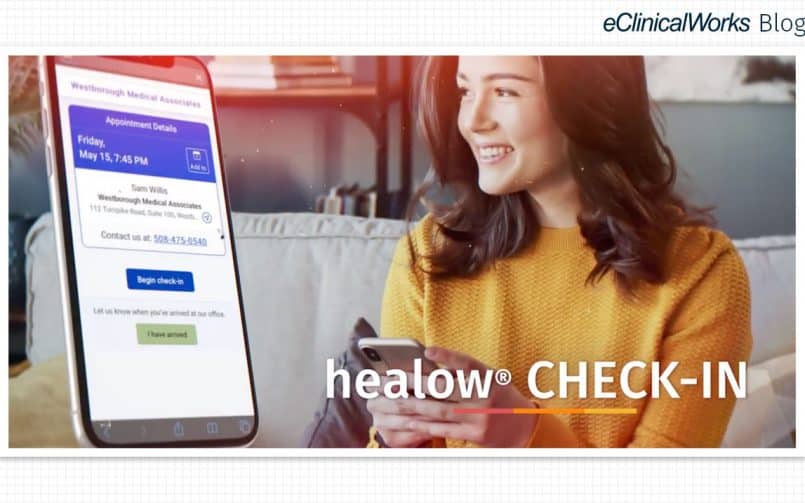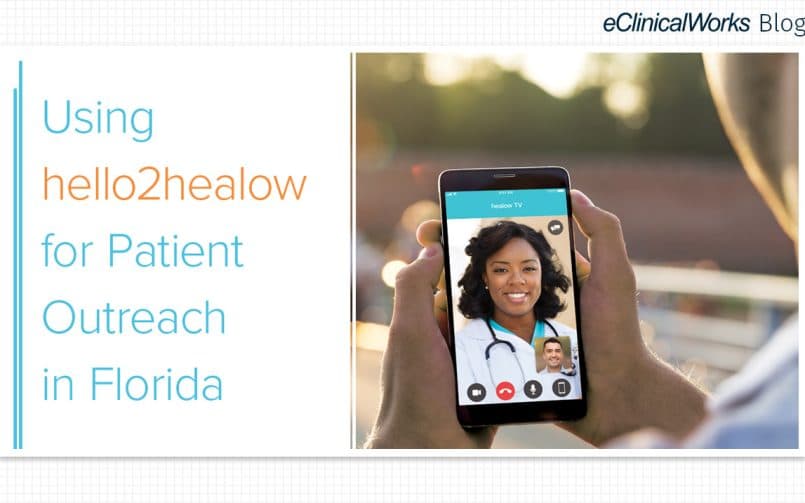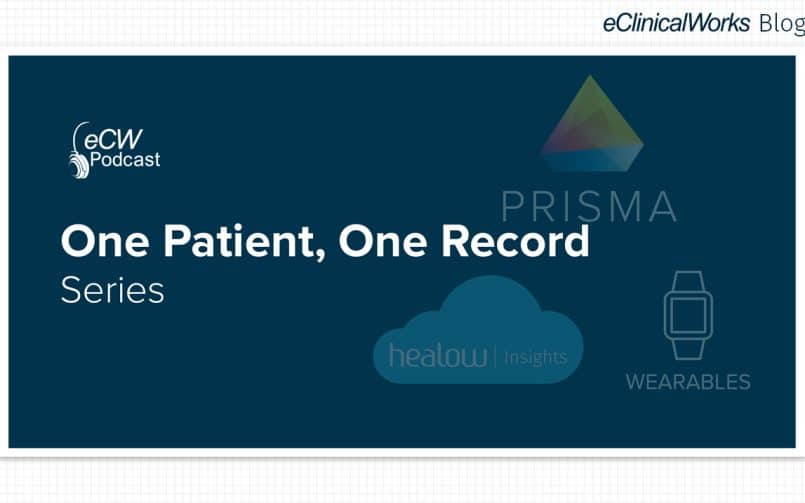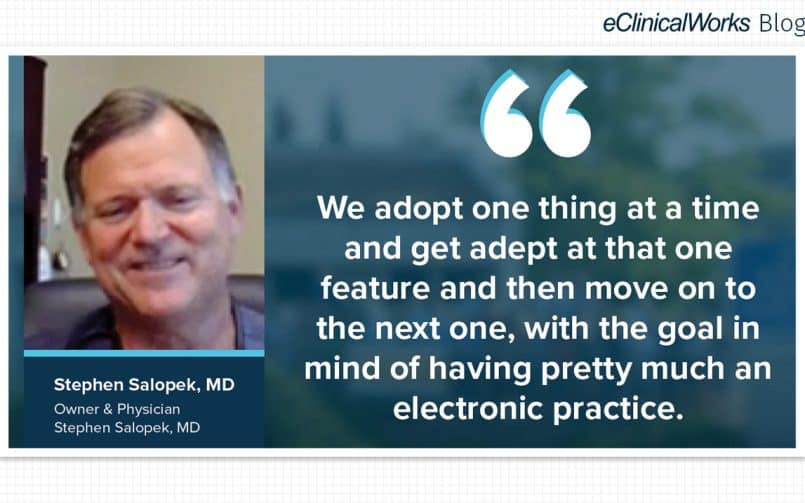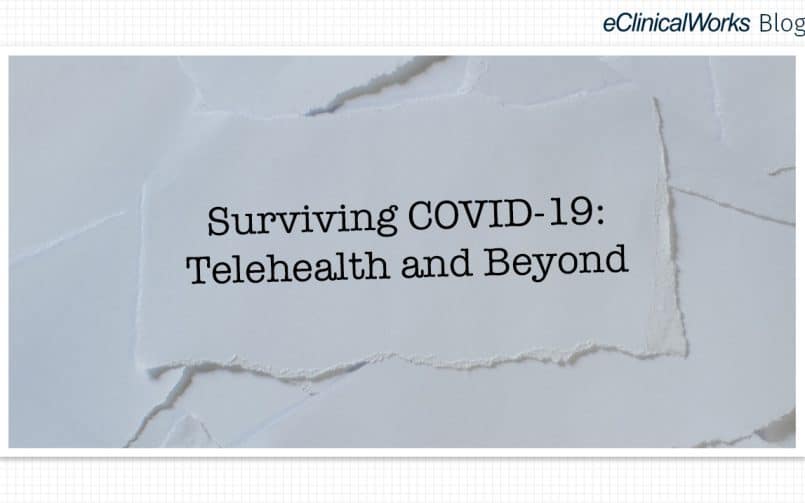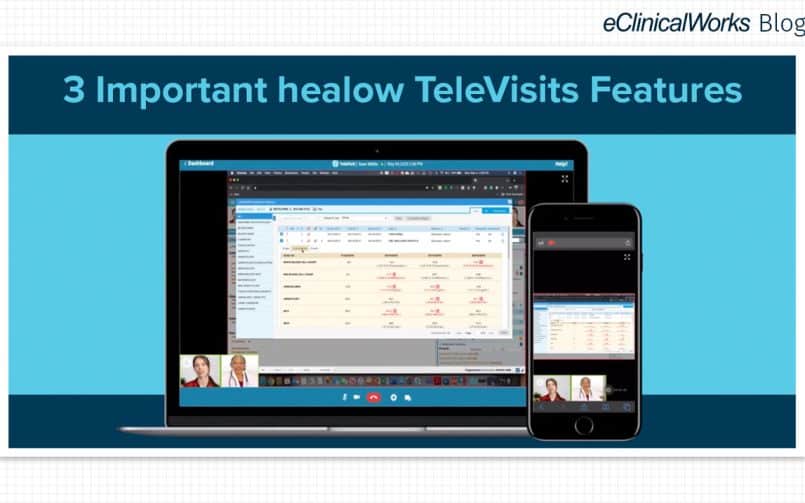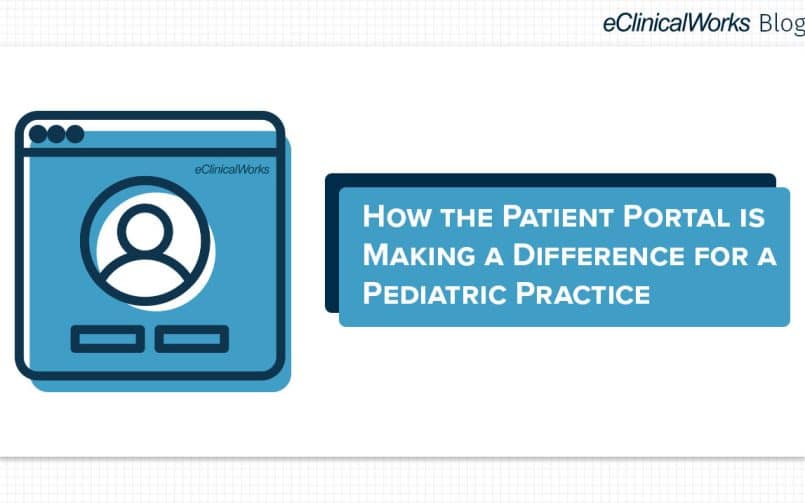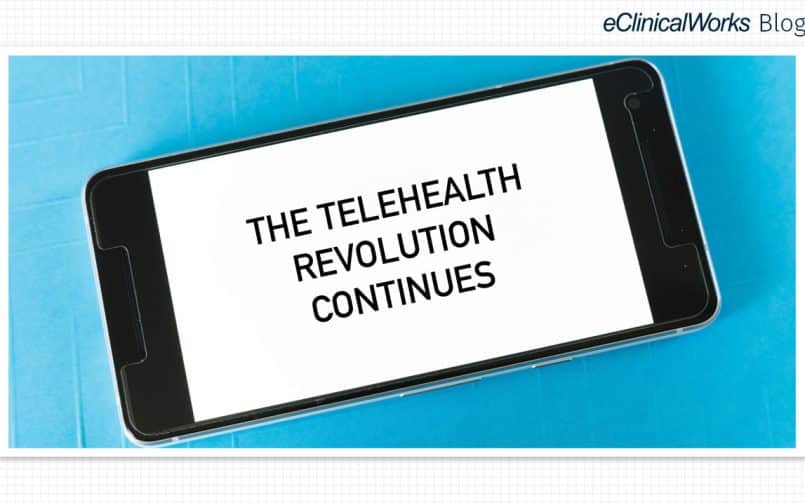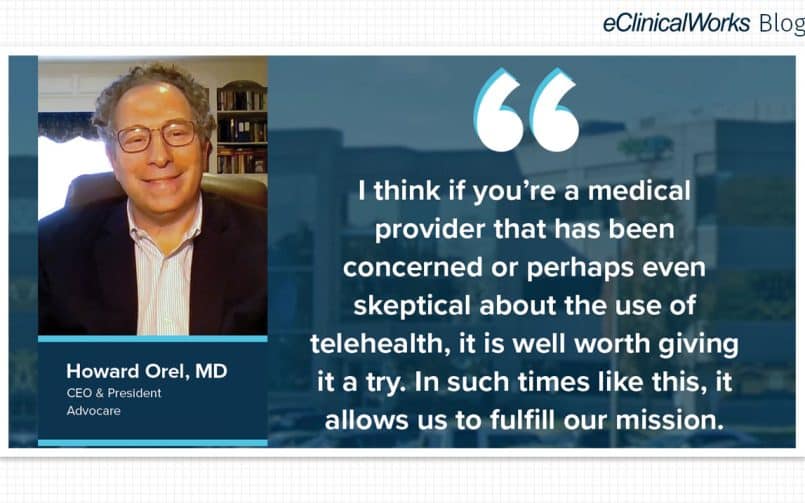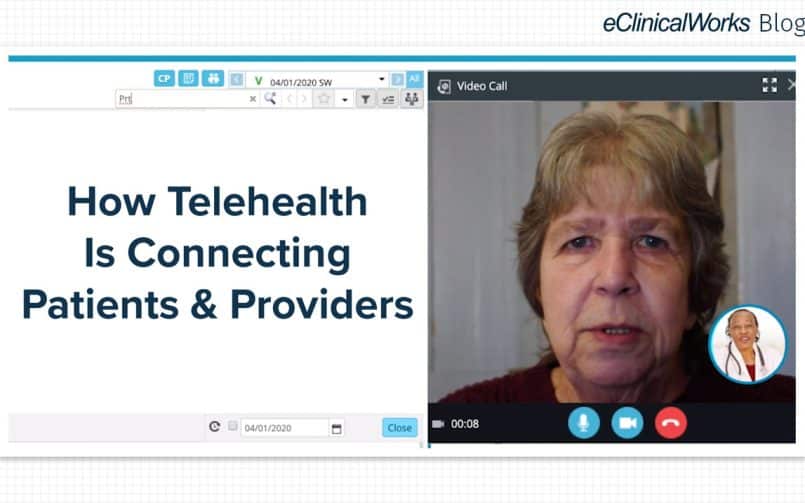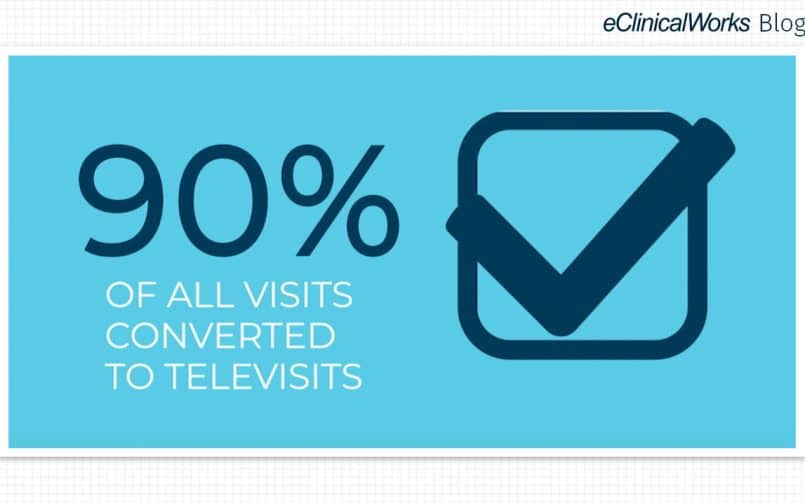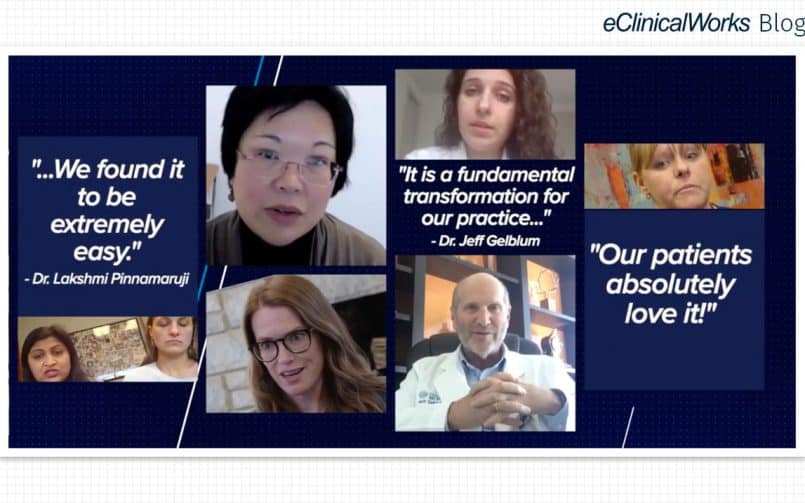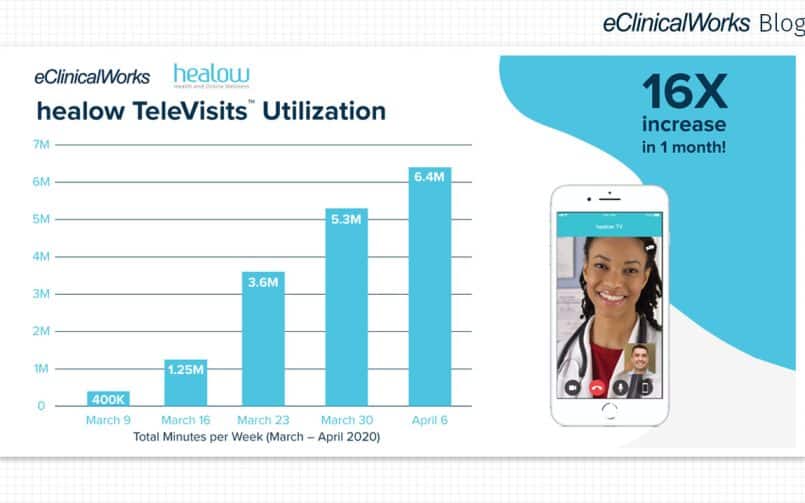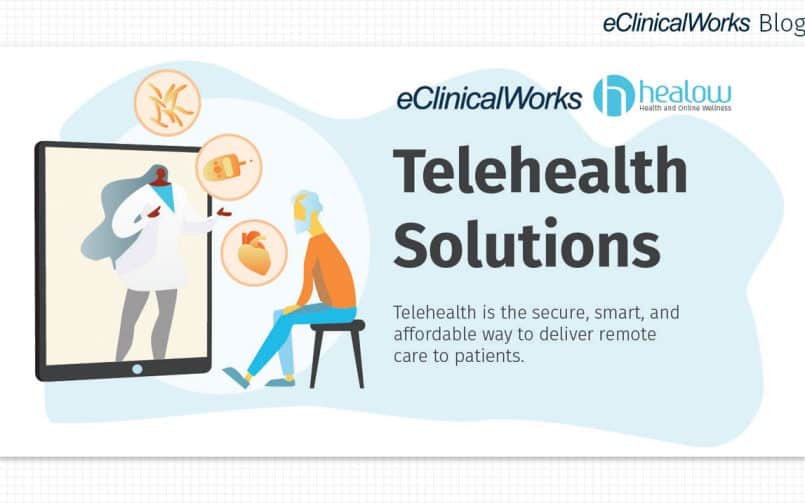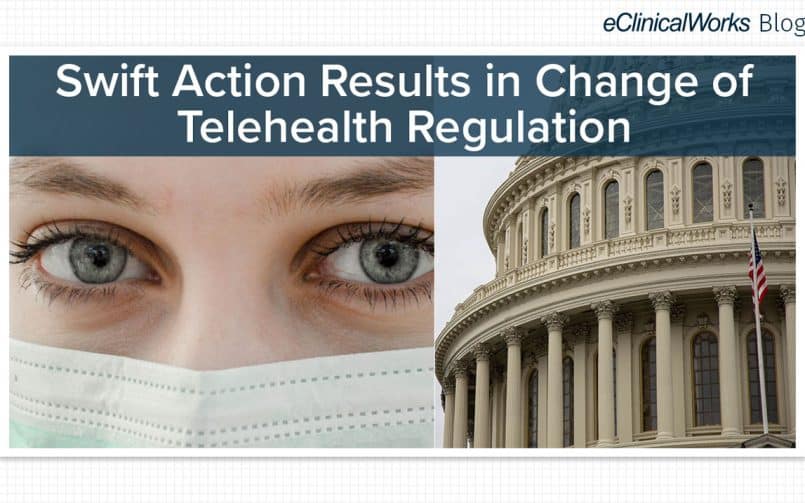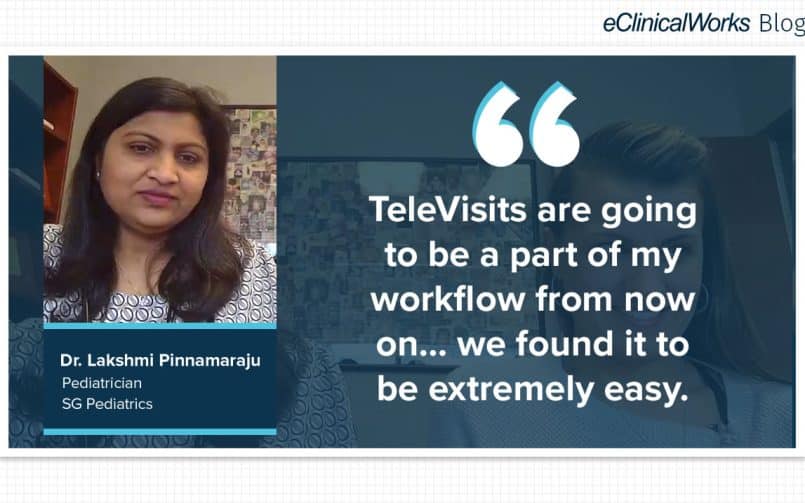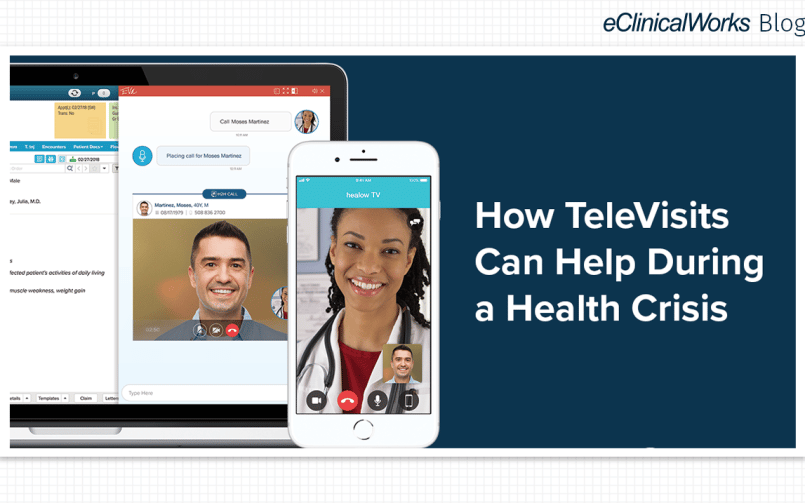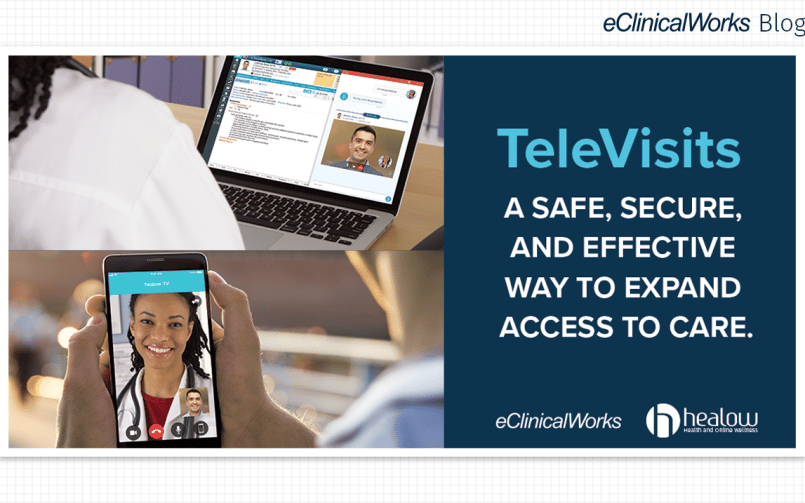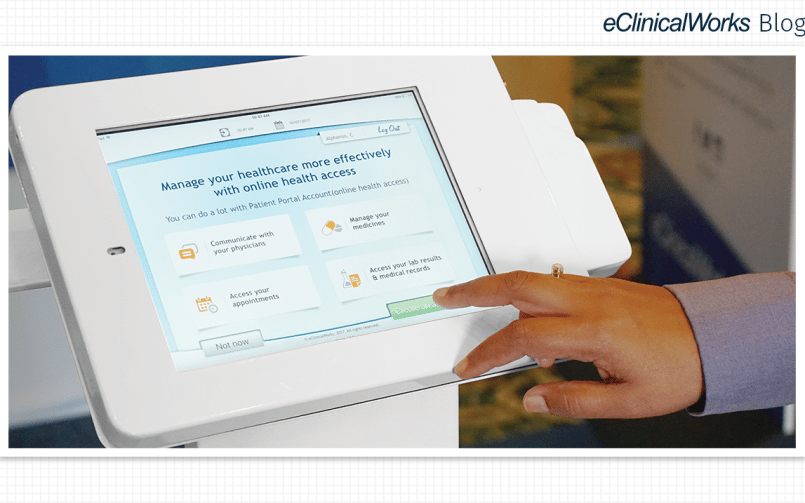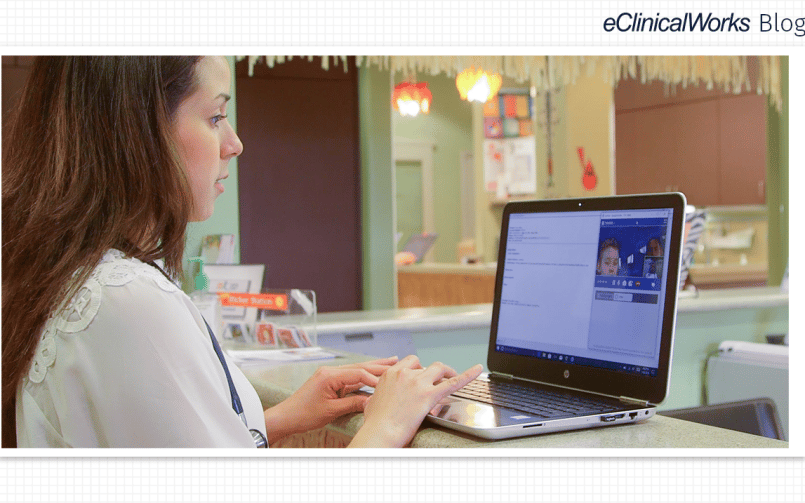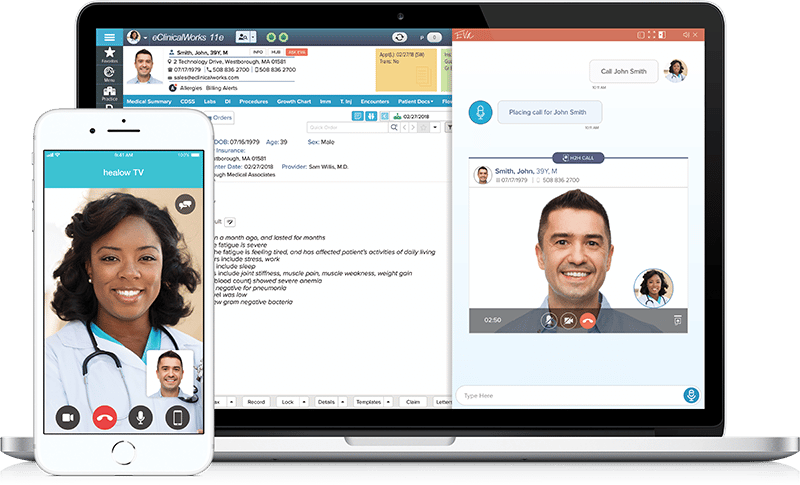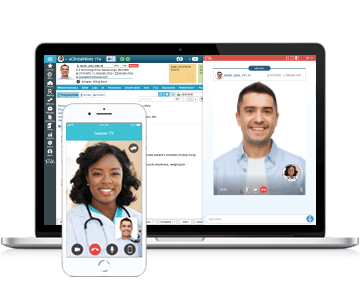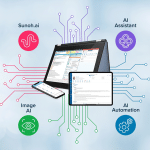Telehealth Is Long-Established Science Fact
- 4 November 2021
- Blog
eClinicalWorks
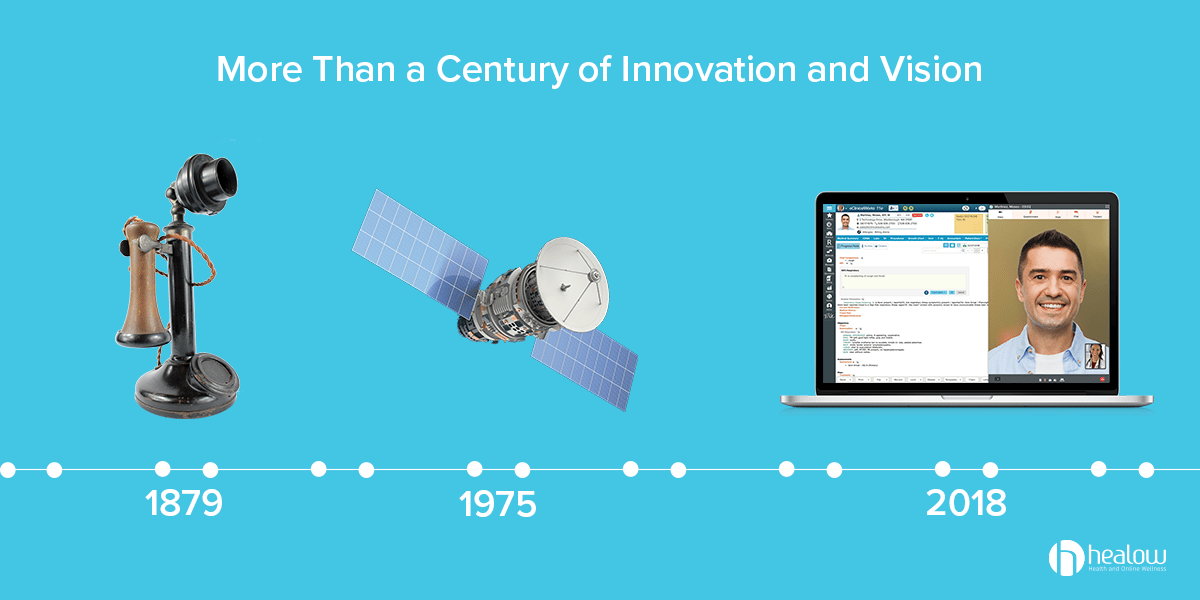
Delivering care at a distance has a long, successful record
Telephones, television, and teleportation were once in the realm of science fiction. OK, teleportation still is. But many things once thought impossible are part of everyday life. Why should telehealth be different?
Well, it isn’t. The future surely holds many advanced telehealth applications, but the idea of delivering care from afar — tēle is Greek for “far” — is an old one.
How COVID-19 changed the landscape
As weeks of uncertainty over COVID-19 gave way to months of lockdowns and social distancing, many patients were unwilling or unable to visit their doctor in person.
Providers turned to telehealth as never before, and regulatory authorities and political leaders made it easier for practices to offer telehealth and receive reimbursement for those services.
According to the CDC, March 2020 saw a 154% increase in telehealth usage compared to the year before.
Overcoming providers’ doubts
Yet, some medical providers still view telehealth as only an occasional option. Others think it a distant “second best” to in-person care. And even those who favor telehealth may feel that that the time and money they would have to invest are beyond their bandwidth during a pandemic.
Yet, it has never been easier to get started with telehealth. And, far from being a new or unfamiliar technology, telehealth in many form is already part of daily medical practice. Understood in the broadest sense — delivering healthcare at a distance — telehealth’s history and growth look familiar.
- In 1906, Willem Einthoven, a Dutch physician who would later win a Nobel Prize in Medicine, published “The Telecardiogram” in the Archives Internationale de Physiologie. Einthoven described “the first long-distance electrocardiogram we recorded, that of a healthy and vigorous man” that was wired between a hospital and clinic.
- In 1964, NASA introduced the Integrated Medical and Behavioral Laboratories and Measurement Systems (IMBLMS) program, expanding on remote medical monitoring of astronauts in the Mercury and Gemini programs.
- In July 2003, the Veterans Administration launched the Remote Patient Monitoring-Home Telehealth program, assigning coordinators to veterans receiving home-based care. During the COVID-19 pandemic, more than 23,000 veterans have obtained care through the program, greatly reducing hospitalizations.
Telehealth is for specialists too
Telehealth has also long established itself in many medical specialties:
- “Teleradiology has been used for at least 60 years,” notes a November 2012 report published by the National Board of Medicine, citing studies from the 1990s showing that teleradiology — in this case, sending digital images for study by outside experts — had significant benefits for patients in rural areas who sustained head injuries.
- A September 2012 report in the Journal of Oncology Practice notes that providers at a network of cancer treatment centers in rural Alberta used telepharmacy services over an eight-month period to oversee the compounding of intravenous chemotherapy and saved 27,000 miles of patient travel.
- An October 2020 study in Frontiers in Medicine found that providers using teledermatology to study skin cancers and lesions had a diagnostic accuracy rate of 75% to 80%, comparable to the rates achieved in face-to-face encounters.
Getting started today
Whatever your practice’s size, location, or specialty, telehealth can play an important role both during the COVID-19 crisis and beyond.
Ready to learn more about how telehealth can help your providers and staff become more efficient while offering patients greater convenience with the same high-quality care they expect?
Visit our website today to learn more!







